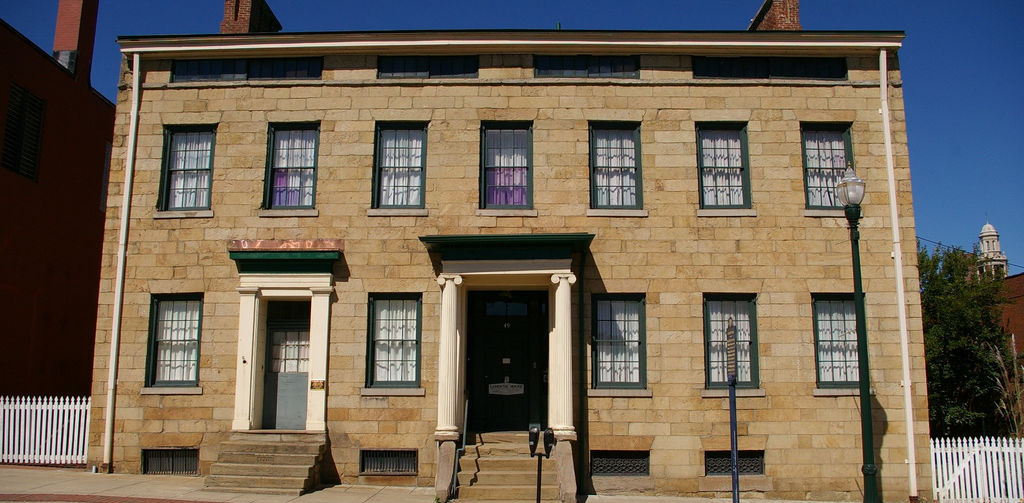Blog
Explore Washington County's History
Ready to visit this national landmark and learn more about Dr. LeMoyne's story?
Schedule Tour
Book Your Adventure today and Explore Washington's History
* Please note that available dates for tours and activities may be subject to change

